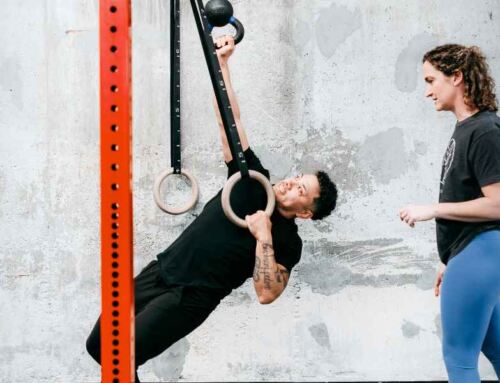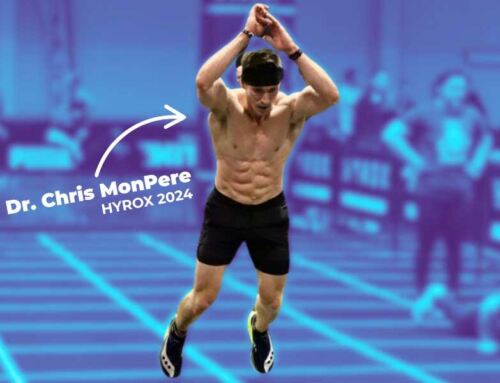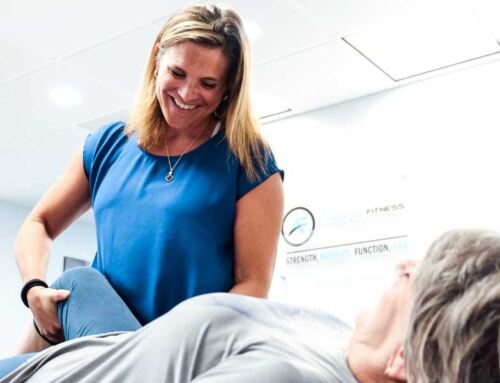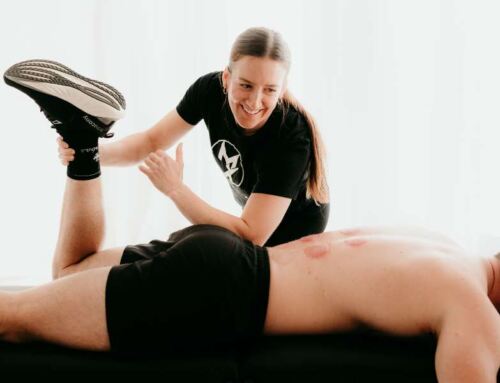The Best Treatment Options for Common Rotator Cuff Injuries
Rotator cuff injuries are a commonly diagnosed and treated shoulder condition in physical therapy practice.
Despite the comparatively small size of the four rotator cuff muscles compared to surrounding musculature, the rotator cuff muscle group is capable of withstanding forceful and repetitive activities through broad ranges of movement (think tennis players, gymnasts, etc.).
In addition, the rotator cuff is prone to stress due to poor postural awareness and normal age-related changes.
Studies show that as we age, the prevalence of shoulder pain increases and more so in those with physically demanding occupations. Lastly, shoulder pain in adults is reported to occur at up to 26% during any given time and estimates of up to 67% over the course of one’s life. In addition, shoulder pain is the 3rd most commonly reported musculoskeletal complaint to a medical doctor in a primary care setting.
What are examples of common rotator cuff injuries?
Rotator Cuff Tendonitis
“itis” = inflammation. Tendon + itis = tendon inflammation.
Sustained poor postural awareness, improper weight lifting technique, or repetitive overhead activities are commonly associated with developing rotator cuff tendinitis. Pain can develop when the rotator cuff tendons become impinged (“pinched”) between the bones of the shoulder referred to as the humerus (arm bone) and scapula (shoulder blade). Repeated impingement results in microtrauma, which causes pain and swelling within the involved structures, which is termed tendonitis. Rotator cuff tendonitis can also occur after a single injury or trauma, such as a fall onto an outstretched hand.
Rotator Cuff Tendinosis
“osis” = degeneration. Tendin + osis = tendon degeneration.
Over time, repetitive microtrauma of the rotator cuff tendons contributes to chronic degeneration. Prolonged tendon degeneration can lead to other compounding issues, such as muscle weakness, joint stiffness, swelling, and partial to full thickness tearing of the tendon. Common risk factors associated with developing rotator cuff tendinosis include repetitive overhead activities, age above 50 years old, and a diagnosis of diabetes mellitus.
Rotator Cuff Tears
A partial or full thickness tear of the rotator cuff can occur at the tendon or within the muscle itself. Chronic degeneration associated with tendinosis (see above) results in weakening of the integrity of the involved tendon/s, which consequently can make those structures more susceptible to injury.
When the fibers of the tendon can no longer sustain the load of activities involved in day to day life, the tendon/s can experience a compromise, which involves a rotator cuff tear. Common risk factors associated with a rotator cuff tear are a history of trauma, increased age, or active participation in overhead sports. Systemic diseases such as diabetes or lupus, as well as poor lifestyle habits such as smoking, often result in widespread inflammation, degeneration, and delayed tissue remodeling.
The severity of a rotator cuff tear can be classified into three different categories. The extent to which a tear occurs along the tendon or muscle will determine one’s course of treatment interventions.
Type I tear—minor separation of the muscle and tendon fibers
Type II tear—moderate separation of muscle and tendon fibers
Type III tear—full separation of muscle and tendon fibers
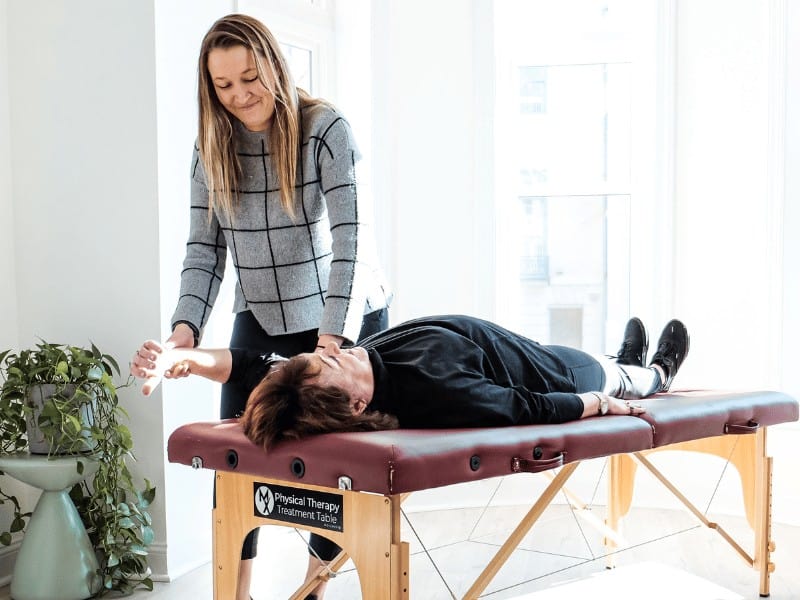
What are the best treatment options rotator cuff injuries?
The prognosis for recovering from a rotator cuff injury is very high given that the disease process of the tissues can be halted early. Being proactive in prevention and incorporating lifestyle modifications are both favorable strategies. Pending the stage of your rotator cuff injury, your treatment options are as follows:
Get Physical Therapy First
Seeing a physical therapist first has been shown in countless research studies to be the most cost-effective way to achieve a positive outcome after a rotator cuff injury. Neither a physician referral nor imaging is required before your first PT evaluation. If your physical therapist believes imaging, injections, medications, or surgery are warranted for your specific case, they will coordinate care with your physician, orthopedist, or other health professional.
In your first appointment, your physical therapist will evaluate your posture, body mechanics, strength, mobility, nerve function, and health history to determine the severity of your rotator cuff injury, as well as screen for additional underlying causes of your symptoms.
Based on these findings, your physical therapist will develop a comprehensive treatment plan over the subsequent weeks to strengthen your rotator cuff and surrounding shoulder musculature with corrective exercises, mobilize any stiff joints in the shoulder or spine, and assist in improving your postural awareness. Your PT may also use manual therapy techniques to help decrease pain, improve mobility, or address swelling. You even may notice an improvement in your symptoms after your very first session.
Consider Regenerative Injections
There are legitimate times when an injection can benefit your rotator cuff injury, especially when chronic inflammation or calcification is involved. However, long term use of cortisone can lead to the degradation of rotator cuff tissues and should only be used as a short term solution. At MovementX, our team of nationwide physical therapists work very frequently with trusted regenerative medicine partners to ensure the most effective and coordinated treatment plan possible.
Surgery as a Last Resort
Surgery is often the last resort when managing the treatment of a rotator cuff injury. If you’ve attempted at least 3 months of physical therapy, regenerative injections, and alternative therapies that have been unsuccessful in achieving your goals, a rotator cuff repair surgery may be appropriate. A rotator cuff repair is typically, but not always, performed when you have a complete (“full thickness”) tear of the rotator cuff muscle or tendon.
In this instance, because of the inability of the muscle or tendon fibers to migrate towards one another after being completely separated, a surgical repair of the tendon is required. The caveat here, however, is that if you delay surgery for too long, the fibers that require surgical repair may lose elasticity and develop excessive scar tissue and fatty infiltration upon reattachment. This is why it’s best to work with a specialized physical therapist who can refer you to a trusted orthopedic surgeon if and when appropriate.
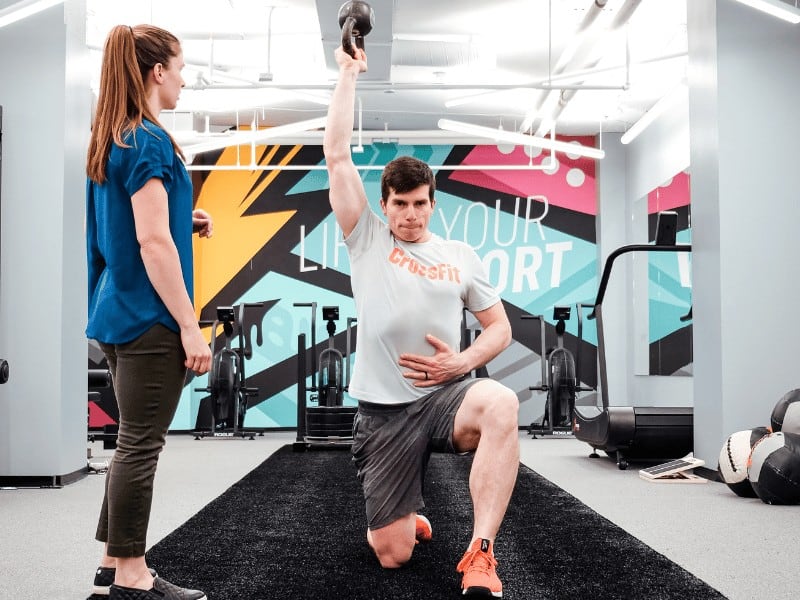
Conclusion
With the research-backed treatment options above, the prognosis for recovering from a rotator cuff injury is quite optimistic. It may take several months of focused and dedicated work, but with professional guidance, you will be able to return to your recreational and daily activities.
MovementX takes pride in providing the highest quality physical therapy services for shoulder injuries. Our physical therapists are intensely dedicated, highly knowledgeable, deeply compassionate, and strive to make sure you achieve your goals through a rewarding experience.
Whether you are seeking a virtual consult or an in-person evaluation session, we are here for you. Request care with our team today.
References
Linaker CH, Walker-Bone K. Shoulder disorders and occupation. Best Pract Res Clin Rheumatol. 2015;29(3):405-423.
Leong HT, Fu SC, He X, Oh JH, Yamamoto N, Hang S. Risk factors for rotator cuff tendinopathy: A systematic review and meta-analysis. J Rehabil Med. 2019 Oct 4;51(9):627-637.
Yamamoto A, Takagishi K, Osawa T, Yanagawa T, Nakajima D, Shitara H, Kobayashi T. Prevalence and risk factors of a rotator cuff tear in the general population. J Shoulder Elbow Surg. 2010 Jan;19(1):116-20
Kim HM, Dahiya N, Teefey SA, et al. Location and initiation of degenerative rotator cuff tears: an analysis of three hundred and sixty shoulders. J Bone Joint Surg Am. 2010;92(5):1088-1096. doi:10.2106/JBJS.I.00686
Weiss LJ, Wang D, Hendel M, Buzzerio P, Rodeo SA. Management of Rotator Cuff Injuries in the Elite Athlete. Curr Rev Musculoskelet Med. 2018;11(1):102-112. doi:10.1007/s12178-018-9464-5
Lewis J, McCreesh K, Roy JS, Ginn K. Rotator Cuff Tendinopathy: Navigating the Diagnosis-Management Conundrum. J Orthop Sports Phys Ther. 2015 Nov;45(11):923-37.
Minagawa H, Yamamoto N, Abe H, et al. Prevalence of symptomatic and asymptomatic rotator cuff tears in the general population: From mass-screening in one village. J Orthop. 2013;10(1):8-12.
Edwards P, Ebert J, Joss B, Bhabra G, Ackland T, Wang A. EXERCISE REHABILITATION IN THE NON-OPERATIVE MANAGEMENT OF ROTATOR CUFF TEARS: A REVIEW OF THE LITERATURE. Int J Sports Phys Ther. 2016;11(2):279-301.


